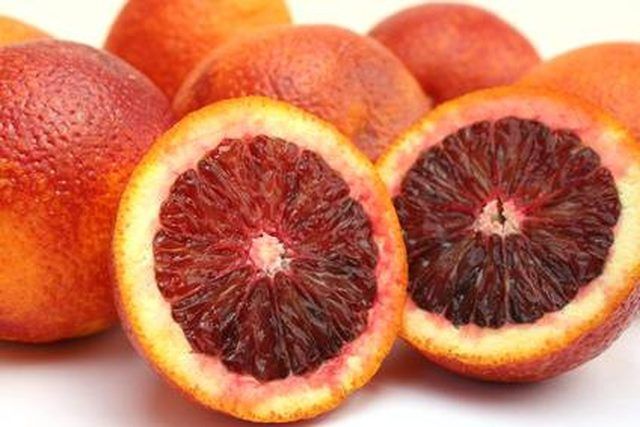Bulbs
Flower Basics
Flower Beds & Specialty Gardens
Flower Garden
Garden Furniture
Garden Gnomes
Garden Seeds
Garden Sheds
Garden Statues
Garden Tools & Supplies
Gardening Basics
Green & Organic
Groundcovers & Vines
Growing Annuals
Growing Basil
Growing Beans
Growing Berries
Growing Blueberries
Growing Cactus
Growing Corn
Growing Cotton
Growing Edibles
Growing Flowers
Growing Garlic
Growing Grapes
Growing Grass
Growing Herbs
Growing Jasmine
Growing Mint
Growing Mushrooms
Orchids
Growing Peanuts
Growing Perennials
Growing Plants
Growing Rosemary
Growing Roses
Growing Strawberries
Growing Sunflowers
Growing Thyme
Growing Tomatoes
Growing Tulips
Growing Vegetables
Herb Basics
Herb Garden
Indoor Growing
Landscaping Basics
Landscaping Patios
Landscaping Plants
Landscaping Shrubs
Landscaping Trees
Landscaping Walks & Pathways
Lawn Basics
Lawn Maintenance
Lawn Mowers
Lawn Ornaments
Lawn Planting
Lawn Tools
Outdoor Growing
Overall Landscape Planning
Pests, Weeds & Problems
Plant Basics
Rock Garden
Rose Garden
Shrubs
Soil
Specialty Gardens
Trees
Vegetable Garden
Yard Maintenance
Information on the Blood Orange
Information on the Blood Orange. The blood orange is an increasingly popular kind of orange with red pulp that gives it its name. The blood orange is not as large as a typical navel orange, and some varieties of the fruit also have darker colorings on the outer rind. Blood oranges are less acidic than navel oranges, and are enjoyed by many as a...

The blood orange is an increasingly popular kind of orange with red pulp that gives it its name. The blood orange is not as large as a typical navel orange, and some varieties of the fruit also have darker colorings on the outer rind. Blood oranges are less acidic than navel oranges, and are enjoyed by many as a fresh fruit choice.
Appearance
The red-colored pulp is created from a pigment that often colors other fruit and a large variety of flowers. The darkness of the blood orange is dependent on several factors, including the variety of blood orange, the temperatures in which it was grown and the amount of light it received while growing.
Varieties
There are many varieties of blood oranges, but the most common three include the Moro, the Sanguinello and the Tarocco. The Moro is the newest kind of blood orange, the Sanguinello originated in Spain and the Tarocco originated in Italy.
Growing
The season for blood oranges is between December and March for Texas-grown fruit, and November and May for California-grown fruit. Florida has not been able to successfully grow blood oranges because the climate is not ideal. In order to produce blood oranges with bright-red pulp, somewhat cooler nighttime temperatures are necessary. Florida's nights are not cool enough, and therefore the blood oranges that Florida produces are not deeply red inside.
Health Benefits
Blood oranges are an excellent source of vitamin C. Additionally, each blood orange contains significant amounts of potassium, antioxidants, dietary fiber, iron, vitamin A and calcium. Blood oranges also improve the body's immune system, improve cardiovascular health, reduce some cancer risks and improve bad cholesterol levels.
Uses
Blood orange juice may be considered too tart by many for straight drinking. However, blood orange juice works well as a cocktail mixer. The zest from blood oranges is well suited for baking, and the juice can be used to make salad dressings and marmalades.